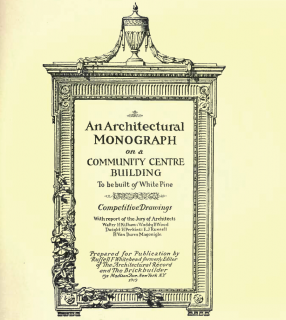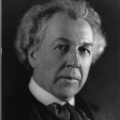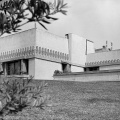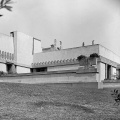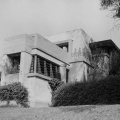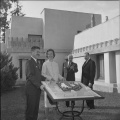Education | Timeline |
- 1829
- 1834
- 1840s
- 1848
- 1853
- 1859
- 1870
- 1870s
- 1871
- 1875
- 1877
- 1879
- 1880s
- 1882
- 1883
- 1884
- 1886
- 1887
- 1889
- 1890s
- 1891
- 1892
- 1893
- 1894
- 1895
- 1898
- 1899
- 1900
- 1900s
- 1901
- 1902
- 1904
- 1905
- 1906
- 1908
- 1909
- 1910
- 1910s
- 1911
- 1912
- 1913
- 1914
- 1915
- 1916
- 1917
- 1918
- 1919
- 1920
- 1920s
- 1921
- 1922
- 1923
- 1924
- 1925
- 1926
- 1927
- 1928
- 1929
- 1930s
- 1930
- 1931
- 1933
- 1934
- 1935
- 1936
- 1937
- 1938
- 1939
- 1940s
- 1940
- 1941
- 1942
- 1943
- 1944
- 1945
- 1946
- 1947
- 1948
- 1949
- 1950s
- 1950
- 1951
- 1952
- 1953
- 1954
- 1955
- 1956
- 1957
- 1958
- 1959
- 1960s
- 1960
- 1961
- 1962
- 1963
- 1964
- 1965
- 1966
- 1967
- 1968
- 1969
- 1970s
- 1970
- 1971
- 1972
- 1973
- 1974
- 1976
- 1979
- 1980
- 1992
White Pine Architectural Competition
Williams wins a Mention in 1918 for his design for a Lakeside Home in a national competition sponsored by the White Pine Series of Architectural Monographs. In 1919 he enters the same competition with plans for a Community Centre Building. This design receives Special Mention by the panel of judges. "... it is an expression of a Community Center Group, has the charm of a New England town, and the Community Building is unmistakably a wooden structure."
Renderings for both winning entries are published in the Monograph Series and can be seen in the Gallery.
Quarantine Again On
Redondo Breeze, December 13, 1918
"TO THE PUBLIC. The Board of Health of Redondo Beach asks of every residence of our city to act as a committee of one to assist in stamping out the epidemic which is in our midst. Let each person be sure that he is not a possible means of spreading this disease which has caused more deaths among our people than did the European war."
Hollyhock House, Hollywood
Oil heiress Aline Barnsdall commissions Frank Lloyd Wright (L) to design a home and cultural center on an 11-acre olive grove she owns in Hollywood. Wright's plans are complete in 1918 and include pools, educational buildings, shops, a theater, studios and residences for artists, and a sumptous villa for Barnsdall. Only Hollyhock House (Barnsdall's residence) and two studio-residences are built.
Hollyhock House is the first residence Wright designs in the Los Angeles area. He considers the house one of his major achievements—his California Romanza reflecting his pure love of architecture. Wright's use of the Mayan temple proto-type illustrates the influence of a popular Pre-Columbian art installation at the 1893 Columbian Exposition. The building's mesa silhouette recalls the architecture of the Pueblo Indians. The stylized motif of the hollyhock throughout the home represents Barnsdall's favorite flower. Wright describes this project in his autobiography, "Individuality is the most precious thing in life... the true property of character. Hollyhock House is such a house."
In 1926 the City of Los Angeles accepts the residence and surrounding acres as a center for recreation and culture. Paul R. Williams (R) is seen in this 1965 photograph with a model for a Junior Arts Center to be built in the park.




